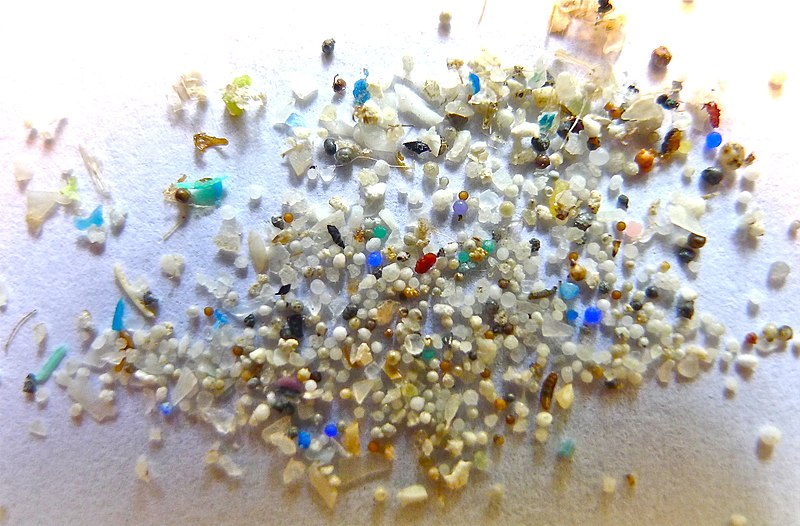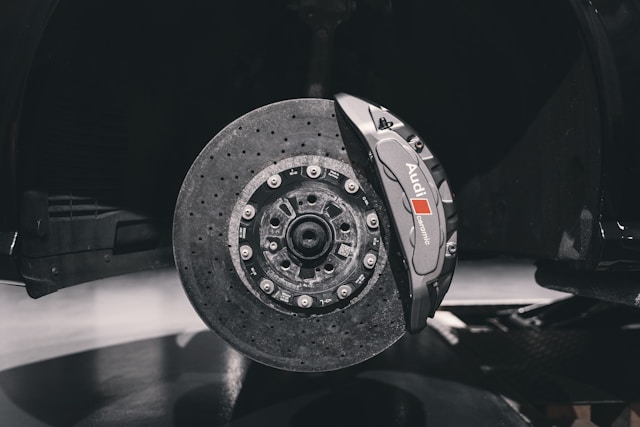If you’re ready to get started in 3D printing, you’re going to discover a technology that’s both fascinating and rewarding. However, you’re likely to have a lot of questions as you go forward, and maybe a few real challenges. The first step is to collect a basic toolkit that will make your experiences in 3D printing less stressful. The items on this list will help you cope with common issues and help you get a head start in 3D printing.
Masking or Kapton Tape
Applying tape to the print bed protects it from scratches and it helps the objects you create stay in place. It also makes it easier to remove items that might otherwise adhere to the print bed. Ordinary 2″ blue painters tape will do when printing using PLA filaments. However, ABS filament requires higher temperatures and should be used with Kapton tape as it can withstand up to 750°F.
Digital Calipers
A caliper is a device for taking precise measurements and is used in many types of manufacturing. If used properly, it’s useful for not only checking the measurements of the parts that you print but also for taking the measurements of existing items so that they can be reproduced through CAD software.
The 3D printer filament is quite thin, as little as 1.75 mm, but some manufacturers are not too strict about consistent thickness. You should develop a habit of checking filament diameter at several points for an average so that you can make adjustments to slicing software. Having the right amount of filament at any point is important to precision, particularly if you’re looking to keep a standard wall thickness.
Pliers
A pair of pliers is a wise addition to any toolkit. It’s good sense to have pliers handy for removing any hot or sticky items, plus any maintenance that needs to be done on the printer.
At a minimum, you should have both needle-nose and wire-cutting pliers. The former can be used to reach into tight spaces to remove tangles or melted material. The latter can be used to trim filament, larger messes, and any wire or other material used for supporting the printed piece.
Desiccants
There are different types of filaments used in 3D printing and many of them tend to absorb moisture from the air over time. These can lead to inconsistencies with the printing process, nozzle blockage, and potentially damage the equipment. Nylon and PVA are two common types of filament that tend to take on excess moisture. It’s important to store filament in a dry, water-tight container or plastic bag if it’s not going to be used for some time.
To be on the safe side, you should add some desiccant material to the container or bag to remove any excess moisture that gets in. This is easily done by purchasing some silica gel products with a higher moisture saturation rating.
Palette Knife
At times, you’ll get a printed piece that sticks so firmly it can’t be removed by hand. When this happens, you can use a palette knife to pry it loose. It’s important to use caution to avoid damaging the print or scratching the print bed. A palette knife can be found at any art supply store and should be sturdy but flexible. You may even want to keep a set of them on hand to provide various blade widths for different situations.
Cutting Knives
Even if you’ve done your best to ensure the quality of your output, Items in 3D printing rarely come out perfectly. Often little blobs or strings of material are left behind. You’ll want some small, sharp blades on hand to trim or shape excess material. For the best results, you should consider buying an X-Acto knife that allows you to easily change blades. It would also be a good idea to get a cutting mat to avoid damaging any underlying table or bench tops.
Sandpaper
When finishing 3D printed pieces, sandpaper for smoothing delicate edges or surfaces can be a better choice. Avoid very rough grits that might leave scratches, and stick with fine grits 220 or above, depending on your needs. Cheap sandpaper also tends to wear out faster, so get a quality brand that will continue to do its job. You can also find fine sanding tips for rotary tools like Dremels that are made for detailed work.
Final Thoughts
You can’t expect every print to come out perfectly, especially if you’re still at the learning stage. It’s worth your while to keep the right accessories on hand to protect your 3D printer and touch up any flaws you may find. Standard tools like calipers for precision and pliers and cutting tools for a variety of purposes will also make your work easier. Add any items you find indispensable to this list, and you’ll get a lot more enjoyment from your 3D printer.
About the author
Lisa Michaels is a freelance writer, editor and a striving content marketing consultant from Portland. Being self-employed, she does her best to stay on top of the current trends in the business world. Feel free to connect with her on Twitter @LisaBMichaels.







